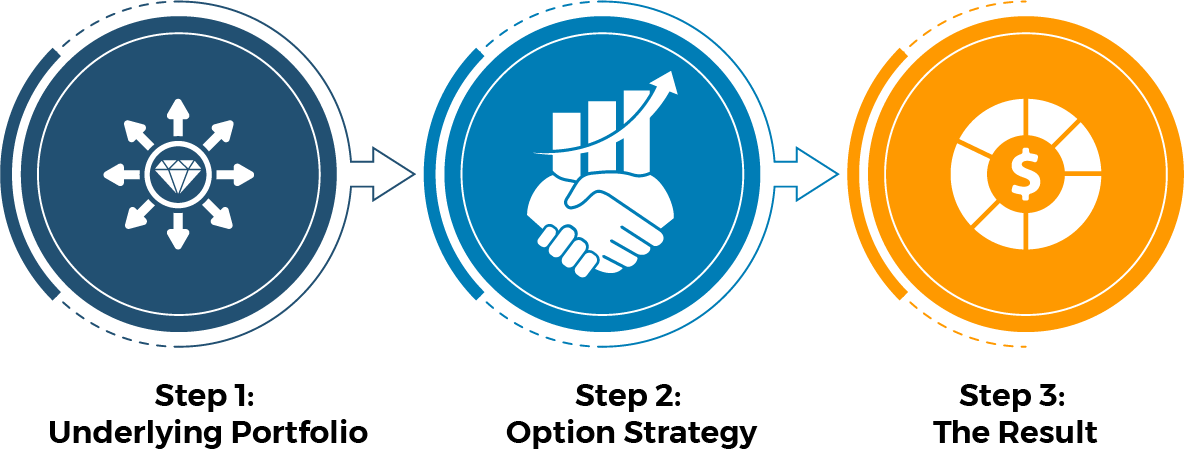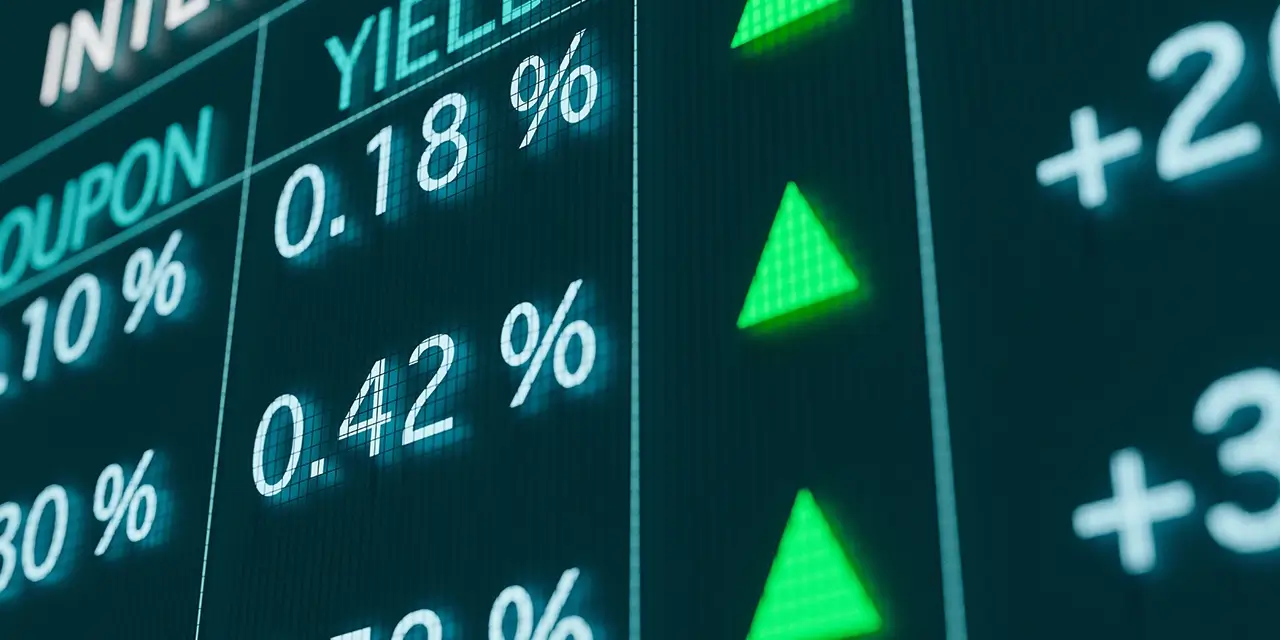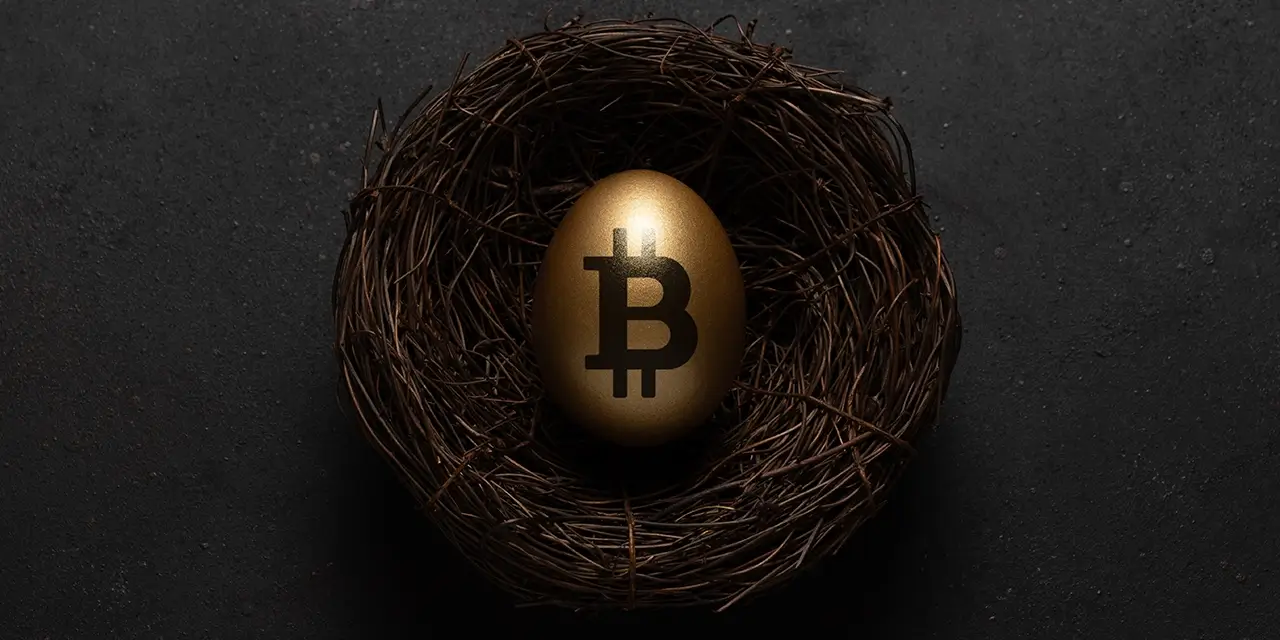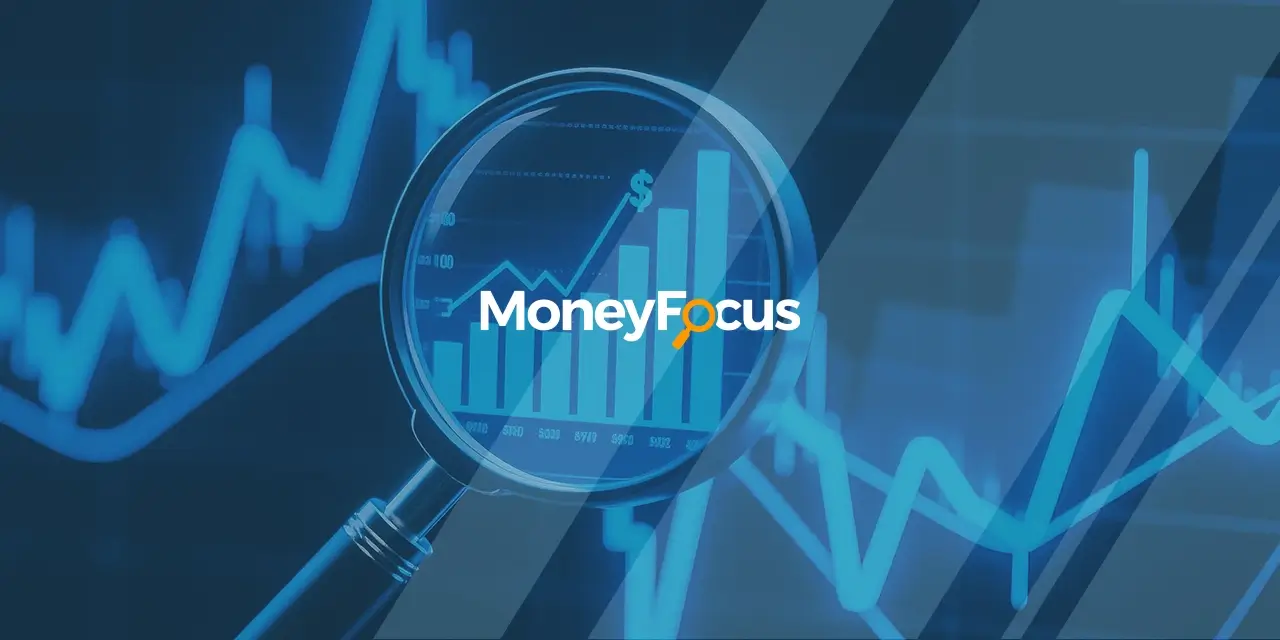By Caroline Grimont
I like history. Especially when it teaches us lessons. Remind me one day to talk about Tulip-mania. But today, I wanted to talk about California’s gold rush.
Back in the late 1840s, a wandering carpenter named James Marshall discovered gold in California in the U.S. This started a frenzy. Approximately 300,000 people rushed to find gold in the state, which caused the immigrant population to explode, while simultaneously decimating the Native population. This resulted in a period of great growth and wealth creation. Between 1848 and 1855, just seven years, more than 750,000 pounds worth of the yellow metal was produced. This enormous wealth was not evenly distributed. In fact, most of the miners, even the first prospector – James Marshall – did not end up much more than that with which they began.
There are some exceptions, though, and the gold rush did make a few millionaires. One of the earliest was Samuel Brannan whose mining equipment store, it is believed, at one point sold $5,000 worth of goods per day (over $100,000 in today’s terms.) In fact, some of the companies that formed in the California gold rush are thriving today. Two examples are Wells Fargo & Co, and Levi Strauss.
Notice that in all three of these billionaire examples, no gold is involved. The first is a mining equipment store, the second a bank, and the third a manufacturer of jeans. In fact, this phenomenon lead to an investment strategy, called the ‘Pick-and-Shovel.‘ The way it works is, when you have a feeding frenzy of a particular sector, an investor (or in this case, a gold prospector) may never know which company will eventually survive (or who will find the gold.) But no matter which wins, all companies (or prospectors) need tools and services (picks and shovels.) So instead of backing the product back the services and tools behind it. You may not have known about poor James Marshall before today, but you definitely knew about Levi Strauss and Wells Fargo.
Today’s Gold Rush? AI. Picks-and-Shovels? Manufacturing.
If you are an investor in 2025, you cannot have escaped the noise around artificial intelligence, or AI. There are people who believe AI will destroy the world, and people who believe that AI will transform it. I personally believe that like with most things, the truth probably lies somewhere in the middle. But there’s no getting around the fact that due to the scale and size of market for AI, accelerating adoption in the real world, and genuine potential to transform certain industries, AI has captured investor imagination.
This has led to an arms race of sorts, both within companies, and across geographic borders, to ‘win’ at AI. There’s also is an additional element of chaos that is causing great uncertainty – the unpredictable U.S. President Donald Trump and his mercurial moods, especially around tariffs.
So where are the picks-and-shovels? I’d argue that you can find at least some of them in the heavy industrials and manufacturing sectors. Here are some examples:
- Semiconductor Chips: The world is racing to build super computers, smarter phones, and other AI powered devices. All of which are impossible without computer chips.
- Defence Spending and Infrastructure: Apart from services jobs like paralegals, or entry-level coders, or even blog writers (!) AI is revolutionizing spaces such as defence. With NATO’s budget increases, the pick-and-shovels for this AI trend are defence manufacturers. This could also have a ripple effect on sectors such as infrastructure.
- Protectionism and Reshoring: One of the by-products of the American tariff threats is that increasingly, companies are considering reshoring. The main reason that off-shoring blew up in popularity was the cost arbitrage of manufacturing in poorer countries, while selling in wealthier ones. If reshoring has to happen in wealthy countries such as the U.S. or Canada, companies need to cut costs. Enter AI.
Source: Illustration from Harvest Portfolios Group, Inc. 2025.
However, as always, the big question for investors is how to pick leading stocks in these subthemes, and get them right? There’s an ETF that investors could consider – the Harvest Industrial Leaders Income ETF (HIND:TSX).
What is HIND?
The Harvest Industrial Leaders Income ETF invests in 20 large U.S. and Canadian industrials and manufacturing companies. The fund manager James Learmonth and his team aim to capture three secular trends driving industrials in the region – recover, rebuild, and repatriate. More than 50% of the portfolio is in aerospace and defence, railways, trading companies, and electrical components. Some of the stocks held in the fund include Canadian Pacific Kansas City Railway, Lockheed Martin, RTX Corporation, Textron, Caterpillar, Ingersoll Rand, Eaton Corporation, and AMETEK.
The companies in the fund are diversified within various subsectors in the overall industrials theme, meaning that investors get access to a wide range of companies, many of which are household names that have been operational for decades.
Why HIND Right Now?
The HIND ETF has been operational for more than a year now. James points out that industrials is a diverse sector with impressive growth drivers. According to him, revenue generation capabilities of companies within the sector are linked with broader macroeconomic performance.
He considers three main drivers for the sector right now:
- Increased defence spending from the U.S. perspective in the One Big Beautiful Bill Act, coupled with international pressure on NATO’s required spending rising to 5%. This could be good news for companies such as Lockheed Martin, RTX Corporation, Textron.
- The One Big Beautiful Bill could also further bolster infrastructure investments, some of which are already benefiting from existing acts such as CHIPS, IRA, and IIJA. Companies to watch as a result of this trend include Caterpillar and Ingersoll Rand, and
- Semiconductor manufacturing, which continues to remain in focus. Eaton Corporation and AMETEK could benefit.
Will I Get Income with HIND?
In a nutshell, yes. HIND pays out monthly cash distributions while capturing capital appreciation. HIND utilizes a covered call strategy to enhance portfolio income potential, which also helps to lower portfolio volatility. It writes call options on 33% of the securities in the portfolio to generate income, leaving enough exposure to capture the potential upside.

As Harvest ETFs explains it: “Covered call option writing is about striking the right balance. At its most basic level, when you write a covered call option, you gain premiums but can miss some market upside.” You can find out more about covered calls here.
As my colleague Ambrose O’Callaghan recently wrote: “Harvest ETFs has built a reputation for generating consistent monthly income through this active covered call writing strategy throughout its over 15-year history. It is one of the largest investment fund companies engaged in call option strategies in Canada. The investment team is one of the most knowledgeable in option writing and equity investing, possessing many decades of experience. To date, Harvest has generated nearly $1.5 billion in total monthly cash distributions.”
From a tax standpoint, it is important for Canadian investors to remember that this income received from covered calls is considered capital gains and is not considered interest income. This is important, because 50% of income from capital gains (up to $250,000) is generally tax free, while the remainder is taxed at your marginal rate. However, interest income is taxed as ordinary income.
What does HIND Offer?
HIND provides investors access to a portfolio of 20 leading companies in the industrials sector with growth potential and receive consistent monthly cash distributions that is supported by a flexible covered call strategy.
How to Buy HIND?
Investors can buy HIND via online discount brokerages, or through brokers. The ETF may be held both in registered accounts such as an RRSP, RESP or TFSA, or in non-registered accounts. Alternatively, they can ask their investment advisor about HIND and other Harvest ETFs.
What is the Risk Rating of HIND?
Investors should remember that this is a fund that invests in stocks and so its value can either rise or fall. What this means is that investors could lose money, depending on when they buy and sell this ETF.
As Harvest ETFs explains in HIND’s documentation, “One way to gauge risk is to look at how much the ETF’s returns change over time. This is called ‘volatility.’ In general, ETFs with higher volatility will have returns that change more over time. They typically have a greater chance of losing money and may have a greater chance of higher returns. ETFs with lower volatility tend to have returns that change less over time. They typically have lower returns and may have a lower chance of losing money.”
Harvest has rated the volatility of this ETF as medium.
Who is HIND For?
HIND is for investors with a medium to long-term investment goal, who want exposure to industrial sector related equities and monthly cashflows. Such investors would be prepared to handle the ups and downs of stock markets.
If you think that industrials and manufacturing are important, and could grow, but you want to outsource the stress of picking winners in the space, and also want the opportunity to receive monthly income, you could consider the Harvest Industrial Leaders Income ETF (HIND:TSX)!
Disclaimer
The content in this article should not be construed as investment advice. Please read the relevant prospectus before investing Commissions, management fees and expenses all may be associated with investing in Harvest Exchange Traded Funds (managed by Harvest Portfolios Group Inc.). The Funds are not guaranteed, their values change frequently, and past performance may not be repeated. Tax investment and all other decisions should be made with guidance from a qualified professional.











